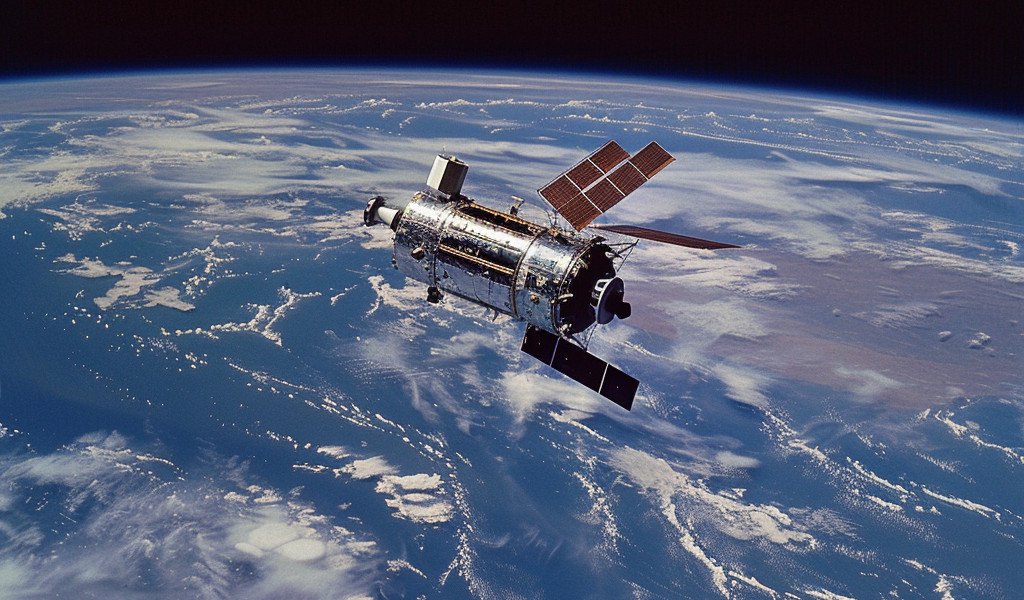After Space Shuttle Atlantis’ drive-by repair of the Hubble Space Telescope (HST) in May of 2009, the end of the STS program meant that the space telescope had to fend for itself with no prospect for any further repair missions. The weakest point turned out to be the gyroscopes, with of the original six only three functioning until May 24th of 2024 when one failed and couldn’t be reset any more. To make the most out of the HST’s remaining lifespan, NASA decided to transition again to single-gyroscope operation, with the most recent imaging results showing that this enables HST to return to its science mission.
Although the HST has operated with a reduced number of gyroscopes before, while awaiting its (much delayed) 2009 Servicing Mission 4, this time around it would appear that no such aid is coming. Although HST is still very much functional even after recently celebrating its 34th year in space, there is a lot of debate about whether another servicing mission could be organized, or whether HST will be deorbited in a number of years. Recently people like [Jared Isaacman] have suggested ideas for an STS servicing mission, with [Jared] even offering to pay for the entire servicing mission out of pocket.
While there is an argument to be made that a Crew Dragon is a poor substitute for a Shuttle with its big cargo bay, airlock and robotic arm, it’s promising to see at least that for now HST can do what it does best with few compromises, while we may just see Servicing Mission 5 happening at some point before that last gyro kicks the bucket.
As I understand, the gyros are used mainly for measuring and controlling during large scale orientation changes. This process now takes longer, as they rely on star trackers that were not fast enough and such. The measurement systems for fine guidance (by cameras) as well as the actuators (electromagnet against earths magnetic field and reaction control wheels) for actually executing a change in orientation are not affected. So – once you found your target, the missing gyros are not a big problem any more. Still – fascinating to see inaccessible legacy systems to be changed to do things not originally planned.
I wonder if they considered Fibre-optic gyros, or if they did consider them, what was the reason for going with a mechanical gyro.





